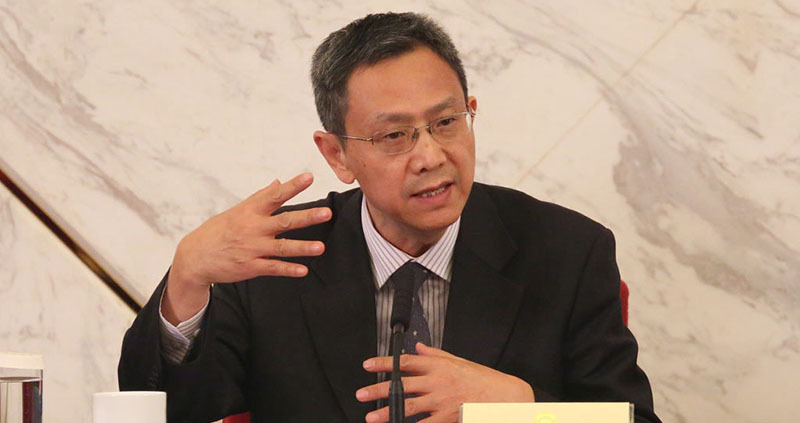Innovative development: First impetus for supply-side reform
china.org.cn / chinagate.cn by Gong Jie, March 14, 2017 Adjust font size:
|
|
|
Jia Kang |
2017 is a crucial year for supply-side structural reform. Revitalizing the real economy was listed as one of the four tasks for supply-side structural reform at the Central Economic Work Conference at the end of last year. Jia Kang, a member of CPPCC and director of China Academy of New Supply-side Economics, shared his opinion with China.org.cn.
China.org.cn: What is the basic impetus for supply-side structural reform in 2017?
Jia Kang: Innovative development is the first impetus. The interaction of demand and supply forms the cyclical development of the economy. The demand is changing constantly. For example, if enterprises and residents are the demand side, their user experience need to be upgraded continuously. The demand side cannot explain how they can be satisfied. Therefore, the supply side has to provide innovative products or service to attract the demand side to participate in the transaction. China is now facing the problem of the transition of economy and society. The top priority is efficient institutional supply on the supply side. As the first impetus, innovative development needs to focus on institutional innovation first, which can open space for management innovation and technology innovation.
China.org.cn: What are the key points to revitalize our real economy?
Jia Kang: There are different opinions and arguments about the real economy. For instance, is Alibaba a part of real economy? We think it is a part of real economy. Although the e-commerce platform has some financial functions, it can facilitate logistics and ensure transactions. Therefore, we think it is a kind of real economy with some new characteristics. We cannot classify it as fictitious economy, like stocks, securities and financial derivatives. From this perspective, we can have a broader sense of the real economy. Actually, the traditional real economy can be developed by Internet Plus, and real economy and Internet are complementary and integrated. How can entrepreneurs in traditional manufacturing revitalize the real economy? An efficient and fair system for competition is required. Through the three decades since the reform and opening-up, the traditional manufacturing is in full competition. Some other industries are not in full competition. The funds from traditional manufacturing will be attracted by the industries that are not in full competition if their return and profit rates are high. For instance, the housing market attracts funds from the traditional manufacturing. Therefore, a basic system is required to ensure fair competition in the housing market.
China.org.cn: How to optimize the external environment, including the market and industrial organizations, to revitalize the real economy?
Jia Kang: Optimizing the market means to give better play to the functions of the market. Although China’s market economy has experienced a great development, obvious shortcomings still exist. Governmental intervention and administrative monopolies are the negative factors hindering the functions of the market, and we need reform to solve these problems. How to realize streamline administration, super-ministry system and flat organization in the government? They are not easy tasks but we have no choice.
